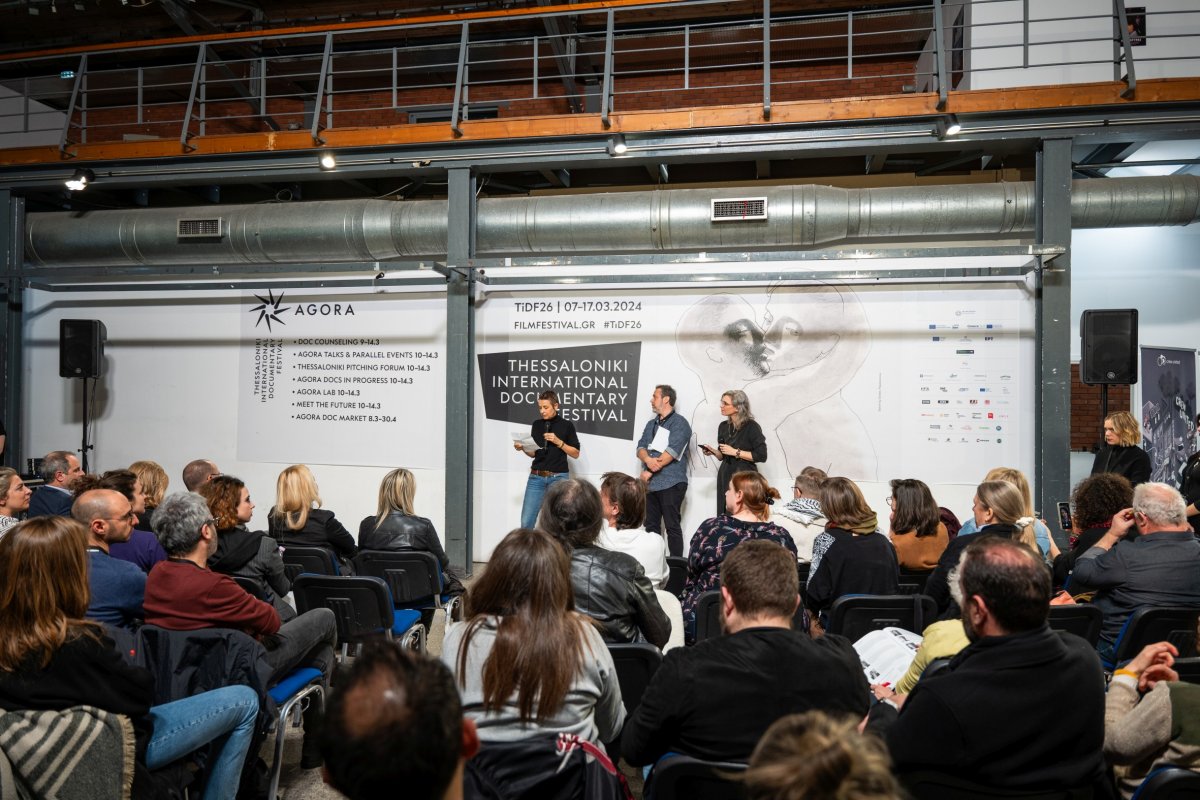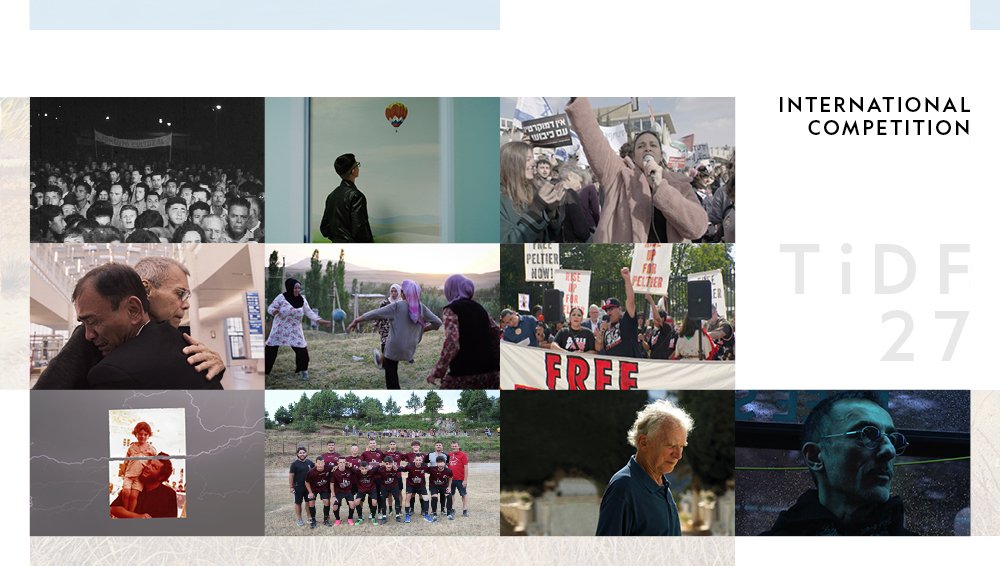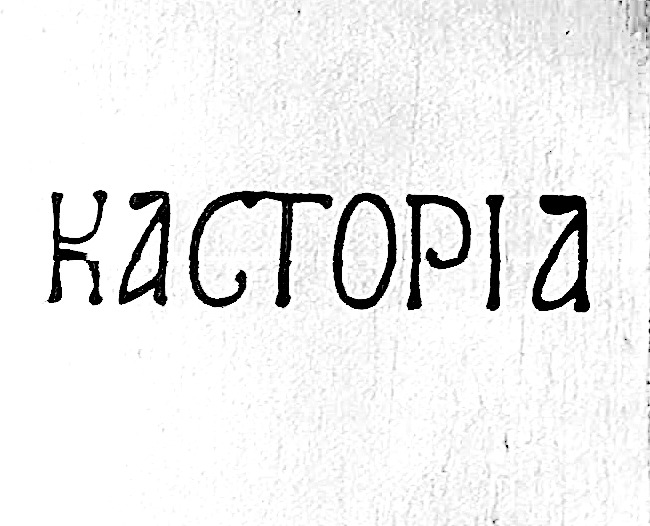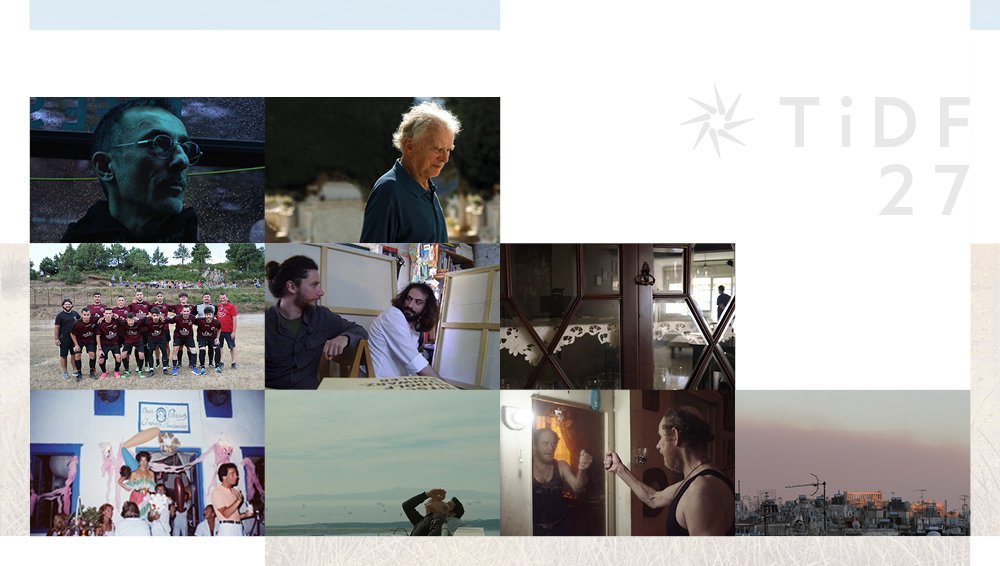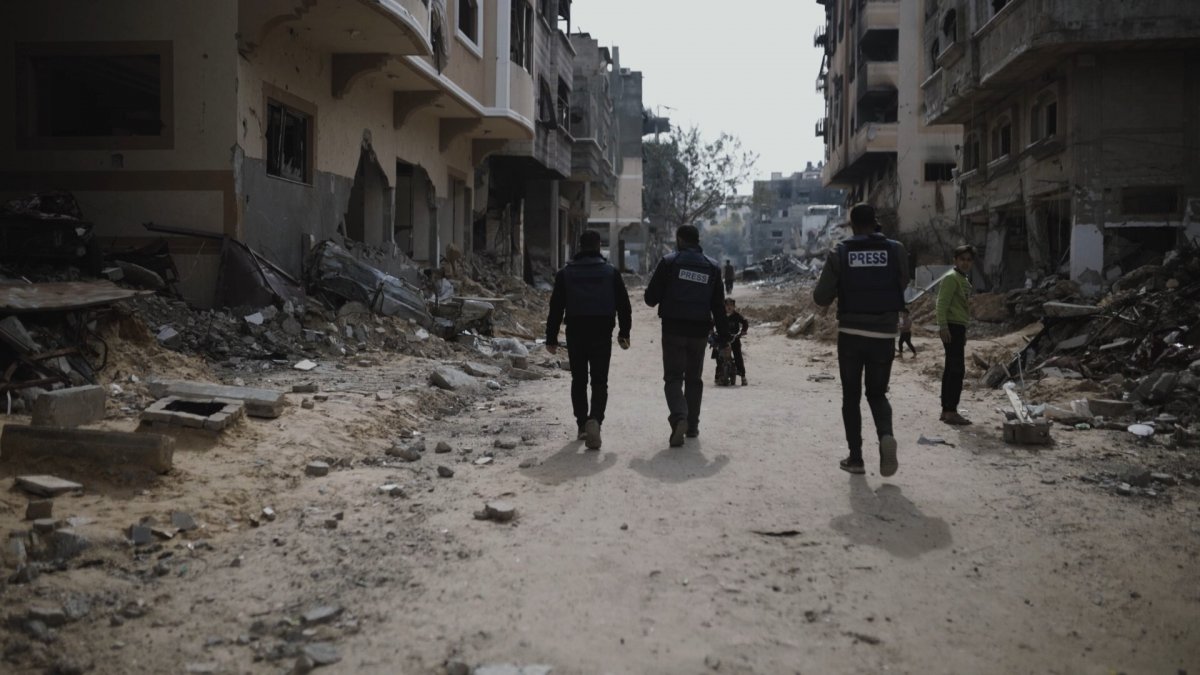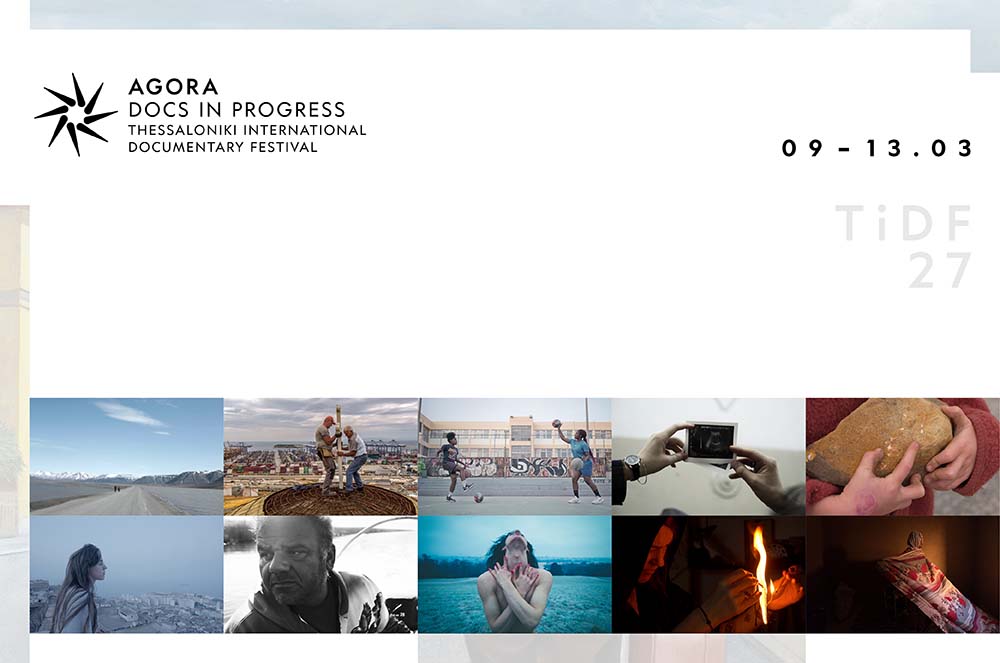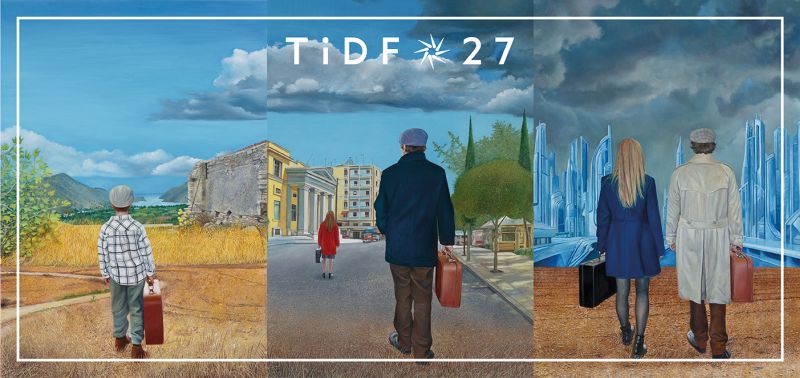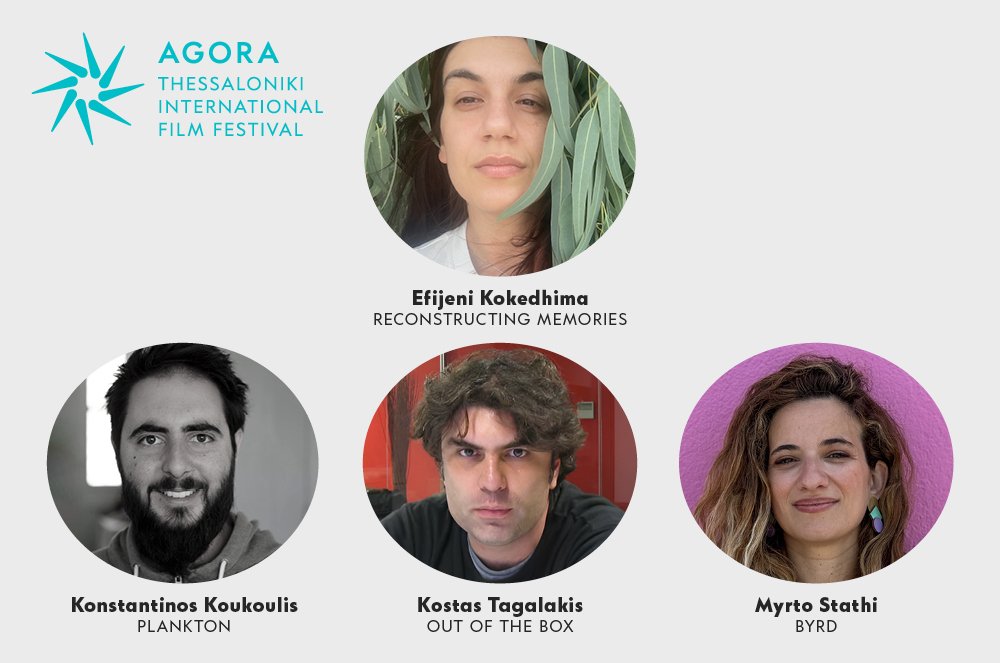Evia Film Project // 15-19 June, 2022
Presentation by Gideon Mendel
Within the framework of the Evia Film Project’s events, British photographer and activist Gideon Mendel hosted a presentation titled “Evia, amidst a Burning World”, on Saturday June 18th, in Agia Anna. In his introductory comment, Gideon Mendel thanked Evia Film Project for the invitation and presented before the audience Andriana Theohari, his assistant during his photo journey in Evia, in August 2021.
“I traveled to Evia and met its people last summer. The photos I took in Evia are part of the Burning World project, a fruit of collective effort and not an individual endeavor. I took on photographing the repercussions of climate in the early 2000s, when I started to dread the future, trying to picture the world in which my children would live in 2040 and 2050. My work is now divided between photography and video. Apart from Evia, Burning World includes photos taken in Australia, Canada and two US States, California and Colorado. In every work of mine, I try to incorporate the element of time in the photo narrative. I first came to Evia six weeks after the wildfires and I got back six months after the disaster. I am aware that it takes 30-40 years for a forest to fully recover rise, but even today it is obvious that nature is on its way to rebirth,” he mentioned, showing the audience a photo taken in the exact same spot, in three different moments in time.
“Burning World came as a follow-up to Drowning World, a project made for most of its part from human portraits of people afflicted by floods, whom I photographed in the interior of their flooded homes. Drowning World kicked off in 2007, when I covered two floods, in the UK and in India. I went to visit many countries that suffered similar disasters, among which Pakistan, Thailand, Nigeria, Germany, France, Brazil, Bangladesh,” explained Mr. Mendel, who placed particular emphasis on a specific photo taken in Nigeria.
“Let me introduce you to Florence from Nigeria, who saw her business swept away by flooding. Florence had 26 people working in her bakery, plus a 40-person delivery team for distributing the products. This particular photo and my bond with Florence left a deep mark on my soul and helped me to consolidate the project’s character. In Nigeria, my assistant urged me to give a small amount to everyone who accepted to pose for me, as a compensation from the time this individual was willing to spend for my sake. Florence was adamant on rejecting my offer. “Instead of giving me money, show the world what happened her, show how much we have suffered,” she told me. Consider that media on a worldwide scale had focused their attention at the time on the destructive toll Sandy Hurricane had taken on the US, but a not a single word was devoted to Nigeria’s tragedy, where the 1/8 of the country went underwater, 500-600 people lost their lives, while an entire region was found homeless, as the floods crushed down the residents’ huts. My mission as a photographer dawned on me at this particular moment. I cannot substitute the work of bodies and institutions that offer aid to the stricken areas to help them bounce back. What I have to offer is recording and testimony and people seem to appreciate it, at least that is the impression I received in Evia. To give you an idea, the photos from Nigeria I had uploaded in social media were the only depiction of the disaster that had hit the country,” pointed out Mr. Mendel.
The acclaimed photographer presented to the audience a series of photos from the project Drowning World, laying out the narrative lines that run through his work. “I always try to detect the narrative thread that binds my photos together. A subsection of Drowning Work is called Flood Lines, in which the water level is gradually descending in the portraits, whereas Water Marks subsection is made up of photos taken from other people that were destroyed by the floods. The flooded interior spaces, as well as the corroded photos instinctively trigger a powerful emotional impact. My intention was to capture all races afflicted by ecological calamities, trying to bring forth that climate change is taking a toll on everyone, both privileged and poverty-stricken areas of the world, with the latter being hit much more brutally of course,” added Gideon Mendel.
What came up next was the screening of a video titled Deluge, which makes part of the Drowning World project, followed an analysis on the differences of approach between floods and wildfires. “In the video we are watching, five screens are placed one after the other, gradually building a multilayered narration, featuring the same people that were photographed, initially appearing as individuals, before being depicted in pairs. The dramatic peak comes with the eventual entering into the flooded house. In Burning World, I had a different approach, as I am in no way brave enough to picture flames as they raging on. Therefore, I chose to portray the longstanding consequences triggered by the fire’s trauma in people’s souls. In Burning World photos, human figures do not dominate the frame. The fire leaves an entirely different landscape behind as opposed to the flood, where everything is literally immersed in a flat homogeneity. In the flooded areas, the difficult part is how to get there, rather than taking the photos or shooting a vide. On the contrary, fire gives birth to a shapeless chaos, making it extremely difficult to discover and inject a minimum amount of order in your frame,” commented Gideon Mendel, passing on the torch to Andriana Theohari who read the very words the people portrayed in Burning World selected to describe their ordeal.
An internal impulse urges me to come into contact with the human trauma and pain. My parents were German Jews, whose family was driven away from their land to save themselves from the impending Holocaust, while in the past, before getting caught up with climate change, I had focused my work on political violence amidst South Africa’s Apartheid, as well as on the outbreak of the AIDS pandemic. Burning World, following the footprints of Drowning World, is divided into narrative subsections. Portraits of Ashes portrays people against the backdrop of a burnt landscape, Moments of Transition captures nature’s rebirth, while Textures includes photos from object irreparably disfigured by fire. A unique case that had shaken me to my very soul was a 2,500-year olive tree named “Nymphi” that was burnt in Rovies. I considered it a tremendous hit on humanity’s legacy and I was left speechless before the complicated form that the destroyed tree had taken. As an overall impression, this olive orchard looked like a deserted island inhabited solely by tragic sculptured figures,” mentioned Gideon Mendel, before unveiling a rough cut of the video he has been preparing for Evia.
Answering to the audience’s questions, Gideon Mendel laid out his thoughts on his work and the way he copes with the unpleasant feelings generated by the painful images he sees. “I prefer to work alone, rather for any other institution or organization. When I worked for ActionAid, I was forced to adopt to their agenda, ending up feeling smothered. As I grow older, I have become less tolerant towards compromise. It goes without saying that it is not always ease to secure funding and sponsors. Quite often I have channeled the money earned by prizes into new projects. Having taken the decision to illustrate the repercussions of climate change and human suffering, I have no right to plead from emotional distress and put my camera down. It is a risk I have undertaken. No-one imposed this lifestyle to me, I chose it for myself,” replied Gideon Mendel, thanking the audience for its presence and expressing once again his profound bond with Evia and its people.
The Evia Film Project is part of the "Light Donors" of the "Reconstruction Program of North Evia - Evia Meta". They are projects and events implemented in collaboration with Ministries and Institutions, highlighting all aspects of the holistic program in North Evia and illuminating the future of the region.
More:
https://evoia-meta.gov.gr/
https://www.facebook.com/EVIAMETAPROJECT/




